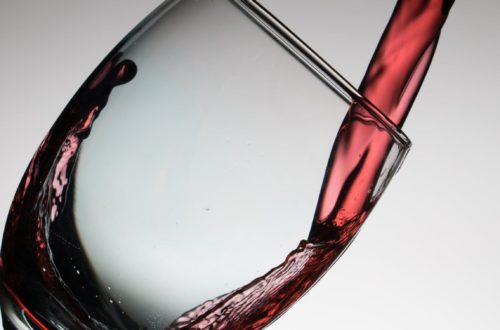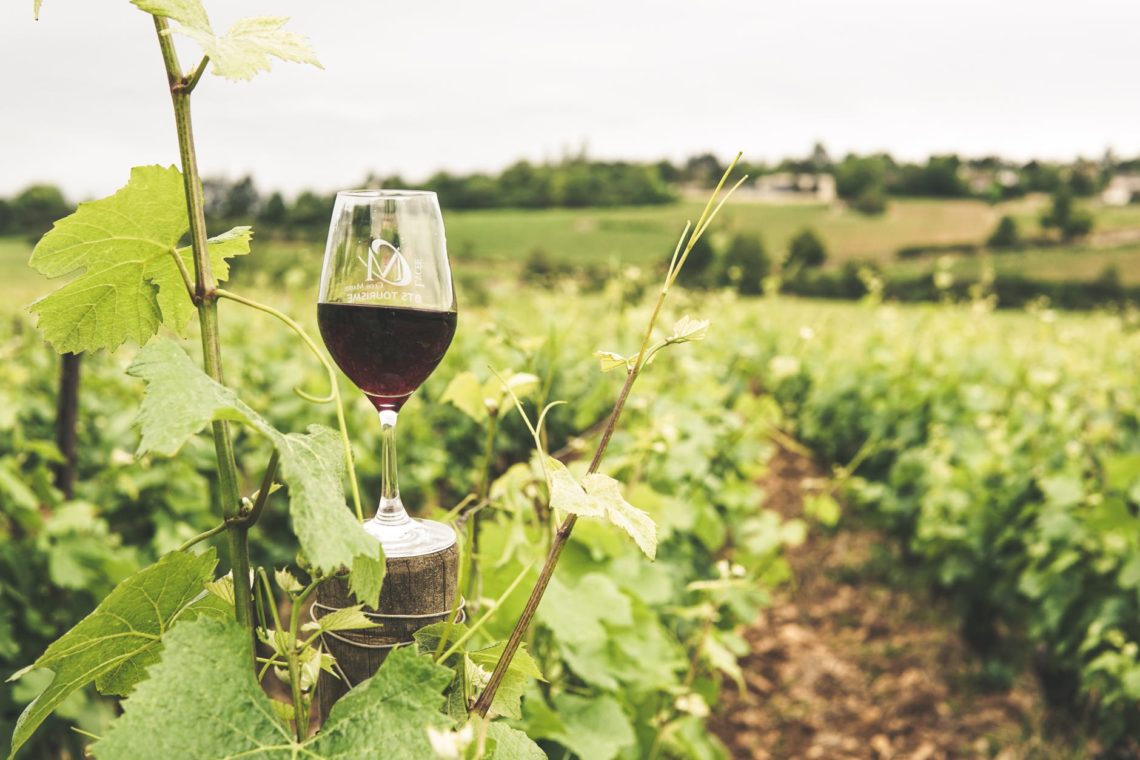
All the Tea About Red Wine: Part Two
How Red Wine is Made
In Part One of our Red Wine series, we discussed the numerous- and surprising- health benefits of drinking red wine in moderation. Now let’s explore the processes that produce wine and the history behind how this amazing fermented concoction came to be.
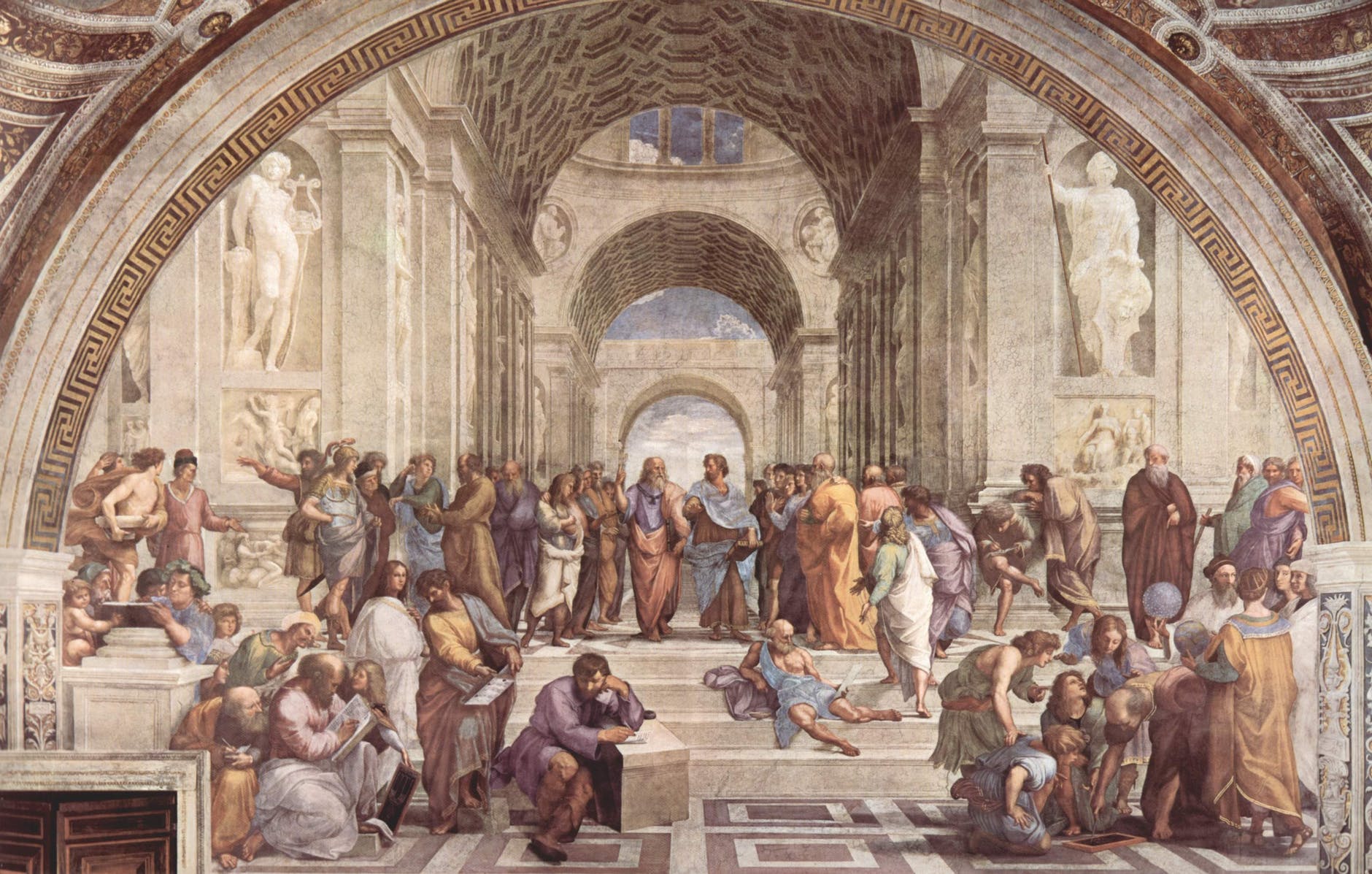
There is a debate about how red wine came to be, but most historians agree that it originated somewhere between 6000 and 3000 B.C. in the region that today encompasses modern Iran and Georgia. Archeologists have found evidence of the intentional cultivation of grapes and possible winemaking that is 8000 years old. While the exact time isn’t known, it’s widely believed that the discovery of red wine was an accident when wild yeast fermented grapes that were being stored by ancient people for food. While many Mediterranean cultures may have dabbled in winemaking, it was most likely the Phoenicians who spread their viticulture throughout the Ancient World into Greece and Italy.
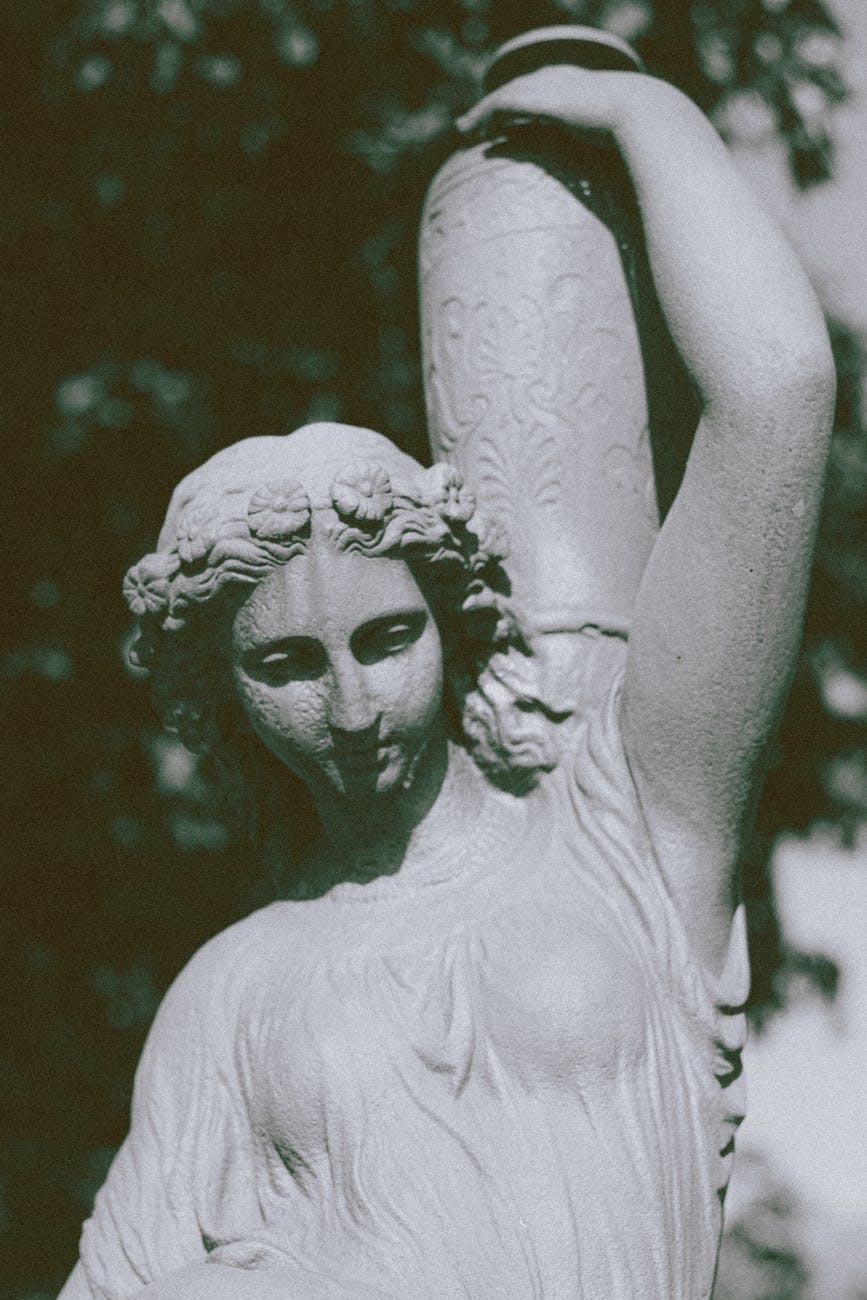
There are many myths that elude to the invention of wine, many of which claim the credit must be given to a woman. My favorite story involves a Persian princess who fell out of the favor with the king. In utter despair, the princess decided to end her life by drinking the juice from a jar of spoiled grapes. Instead of being poisoned, the princess found her woes were soothed with each sip, and by the time she had drained her cup, she was feeling relaxed and happy again. (Same girl, same.) Realizing she had stumbled upon something revolutionary, she shared her amazing discovery with the king. After experiencing the fermented grapes for himself, he immediately forgave the princess, and ordered his servants to produce more wine on a grand scale. The new elixir brought the king untold riches and fame, and the serendipitous princess became the most beloved royal lady in all of Persia.
Thankfully, wine didn’t stay in the Middle East, and several European cultures even claim the invention for themselves. One popular myth gives the credit to Dionysus. This raucous Greek God of Libations apparently invented the drink with his mistress in an attempt to breathe new life into the wild parties they would have with their guests, a squadron of nymphs. Ancient Greeks would use wine (to excess I might add) in rituals to help alter the conscious and incite visions of the future. Ancient Romans continued this practice, and then developed a highly specialized wine making trade as they expanded their empire across the glob. They are the culture that gets credit for evolving red wine consumption into a mainstream activity, no longer limited to celebrations or religious ceremonies. It was the Romans whom we have to thank for the strong red wine culture we are so familiar with in Europe.
Once established as a staple drink, wine graced the tables of most southern and western European homes from the Dark Ages to Renaissance. In the north and east where the climate was not conducive for the cultivation of grapes, beer, ale, and mead were predominant, but wine was a luxury commodity that the wealthy were all too happy to import. As part of Christian communion ceremonies, wine was in demand in all European countries, and as a result, monks and their religious orders became the master vintners of the day. In fact, Benedictine monks can be credited with giving France its firm roots in wine culture that are still appreciated to this day. It wasn’t long before these religious houses realized how lucrative viticulture could be for their coffers. Fraternal orders such as the Benedictines, Cistercians, and even the Knights Templars, turned wine production from a religious accessory into a major international industry. By the Renaissance, various regions of Europe became famous for specializing in specific types of grapes that yielded unique varietals of wine. By the end of the 17th Century, European explorers had introduced grape cultivation to the New World and a new branch of the wine industry was born. Today, nearly every region of the world, from Europe to the Americas, from Africa to Asia, from the Middle East to Australia, has a dynamic and thriving wine culture…. and we are the benefactors of this rich and long history! We can go to the supermarket on any given day and sample a selection of unique and delicious varietals from around the world without ever leaving our postal code. We’ll discuss the different types of wine by region in Part Three of our Red Wine series. For now, let’s talk about how red wine is made!
Red wine, in its purest form, is the product of fermenting grape skins and juice in a vat. You might be surprised to learn that red and white wine rarely use different grapes. The difference comes from the fact that red wine includes the skins of the grapes in the fermenting process, where white wine only uses the internal flesh. Grape skin includes many of those powerful polyphenols like Resveratrol and sleep aids like Melatonin that we discussed in Part One. Red wine gets its rich color and most of its unique flavor from the grape skins as well. Knowing when the optimal time to pick the grapes is essential to making quality, delicious wine.
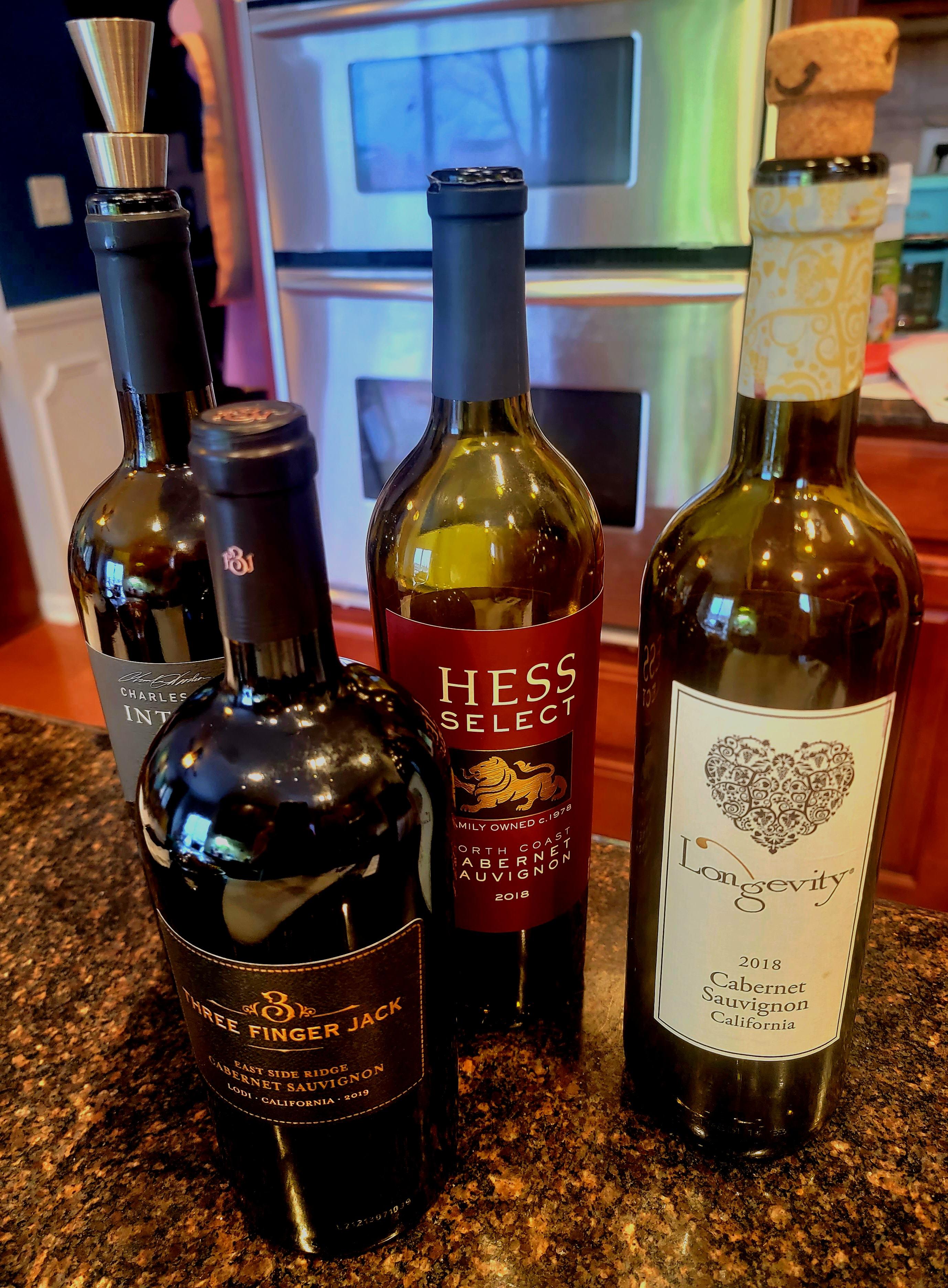
Called “Crush Season”, most red wine grapes are picked between August and October in the Northern Hemisphere, and between February and April in the Southern Hemisphere. A newer trend has many vineyards harvesting their grape crops at night. The cooler temperatures of nighttime-picking ensures an even temperature for the grapes, and can even reduce energy costs for the growers since they won’t have to chill grapes before storing. During the warmer hours of the day, higher heat and temperature fluctuations can change the sugar composition of the grapes. This may alter flavor and create inconsistencies between batches of wine. At night however, the temperature is more stable and better regulates grape sugar levels. This ensures a smoother fermentation and better tasting wine that is uniform from bottle to bottle.

Once the optimally ripe grapes are picked, the crushing process begins. While foot stomping was the method of the past, most wineries use commercial grade presses to crush the ripe fruit. Crushing a grape dramatically increases the speed of the fermentation process as it gives the yeast better access to the fiber of the fruit so it can break it down. It also releases more juice which subsequently adds more flavor. Once the wine is crushed, it’s placed in open vessels for the fermentation process.
Aside from optimal picking conditions, yeast is perhaps the second most important component of wine making. Whether added later or naturally occurring, yeast converts the sugars in the fruit into ethanol and carbon dioxide. In other words, this is what gives wine its alcohol content and what delivers that delightful little buzz (in moderation of course!) Yeast is the magical ingredient that differentiates wine from your run-of-the-mill grape juice. Most conventional wine companies add a commercially produced yeast created especially for wine. Boutique wine makers and many “purists” (particularly in Europe) rely on the naturally occurring yeast found on the grape skins to ferment their brews. Many wine producers, particularly those in the US, also add sulfur dioxide during this process to kill unwanted microbes and maintain oxidation.
Red wine typically ferments between 70-85 degrees in large, uncovered containers. This allows wine makers to occasionally squeeze down the grape skins which adds more flavor and color over time. At this point, wine can be moved to sealed barrels to mature.
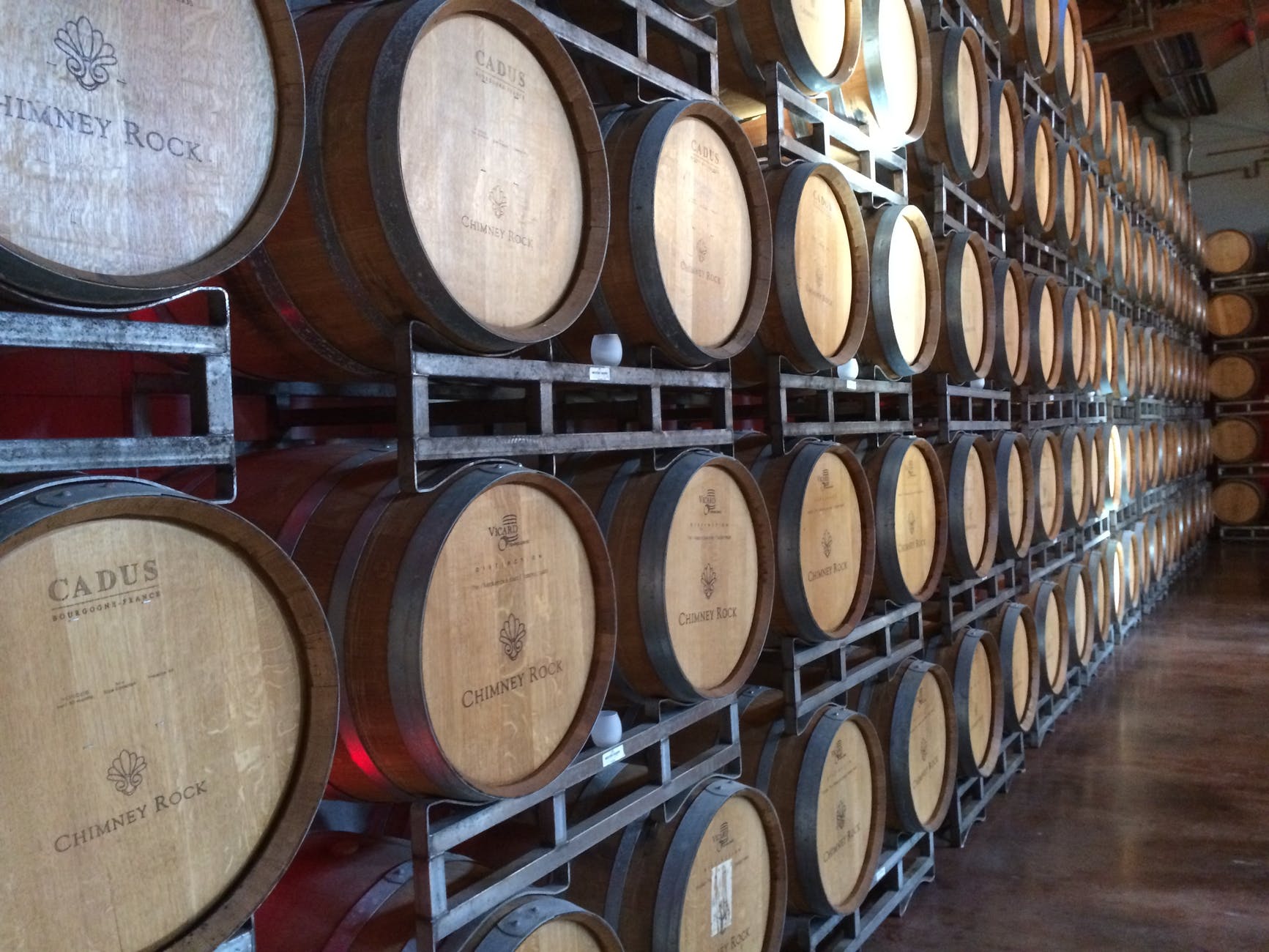
The vessel the wine ages in is also important. Red wine typically ages in oak barrels, as the wood lends unique flavors to the wine and helps reduce the tart flavor of the grapes. New wood yields a spicy, intense flavor, while reused barrels help make a red wine “smoother” and more mellow. A recent trend involves maturing wine in bourbon or other recycled spirit barrels. The result is a complex vintage with a slight whiskey finish. Where a wood originates from can also affect the taste and price of wine. European wood barrels, French oak in particular, are more expensive as they lend complex and unique flavors. For American brands, it’s most common to find wine aged in white oak, which lends a stronger flavor. Most barrels undergo a “toasting” process of heat treating or scorching the wood which helps with flavor profiles. A lightly toasted barrel carries vanilla and sweeter notes, while darker toasting lends a smokier flavor to the wine.
We’ve all heard about the need for red wine to “age” but why is this important? “Young” wine consists of combinations of compounds which can taste harsh and bitter in the beginning. As wine ages, these compounds bind to each other and settle in the bottom of a barrel as sediment. The more sediment works its way out of the liquid, the smoother the wine will taste. These bitter by-products that settle out of the wine are also where we get the negative phrase “bottom of the barrel”. Maturation can take anywhere from a short amount of time (for cheaper wines) to decades for the higher class varietals.
The source of fermenting yeast and origin of barrel wood aren’t the only differences between America and European wines. If you have a predesposition to think that European wines are superior to American varietals, you’re not alone in this bias. You will find that many European wines have just as many sulfites as American brands, but less transparency in the types of grapes used. You are more likely to find “dry farm” vineyards in European markets than in American, but if that’s not a feature that’s important to you, you might be better suited to domestic bottles than spending the extra coin on vintages from across the pond.
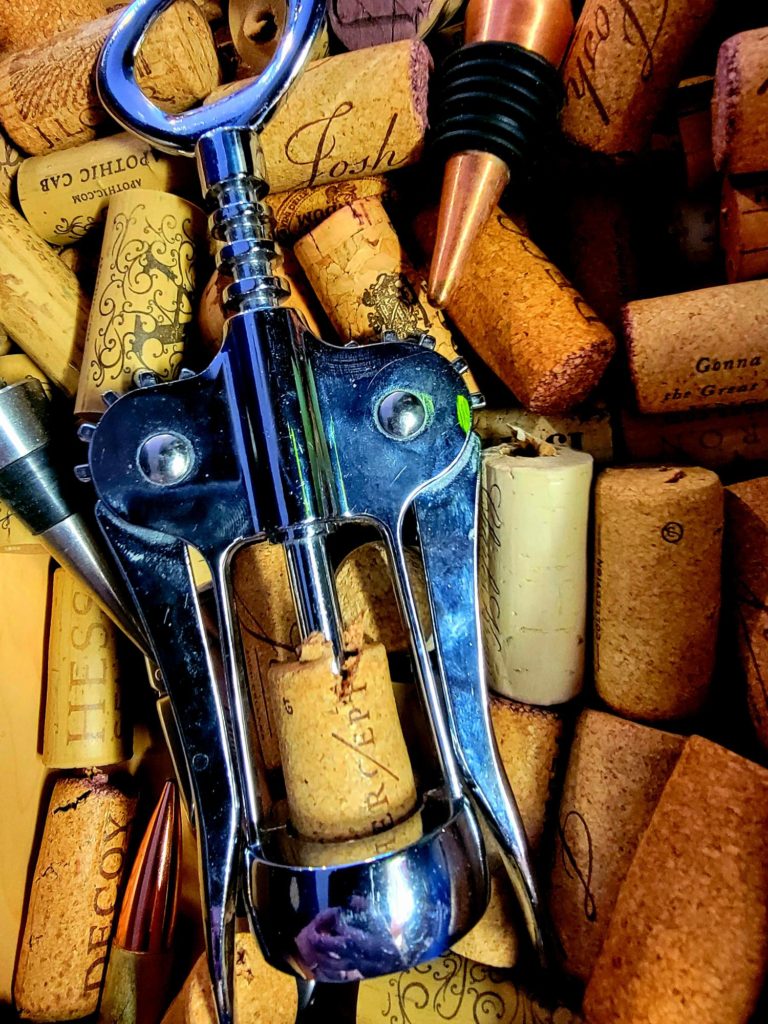
What does it mean when a vineyard is a “dry farm”? Not to be confused with the flavor of the wine, a “dry farm” means the vintner does not use artificial means of irrigation to water their grape vines. Natural rainfall and soil conditions are all that is needed to sustain the vineyard. This forces the vine to be more self-sufficient and the roots to grow deeper, which in turn makes the vine healthier and stronger, and more resistant to disease. Many wine makers claim this also yields a better tasting, and more complex fruit. A “dry farm” has greater claim to sustainable farming practices and many are also organic.
Once properly aged and bottled, wine can vary in price from just a few dollars a bottle, to hundreds of thousands of dollars. The most expensive bottle ever was Romanee-Conti from 1945 which sold at auction for $558,000! Romanee-Conti also is the current record holder for the most expensive wine on the market with a bottle of Domaine de la Romanee-Conti (DRC) retailing for $19,000. Age, farming practices, vintner provenance, and batch sizes all play a part in the cost. There are many wines on the secondary market that are hundreds of years old and not safe for consumption, but still are in high demand by collectors. Whatever your taste (or budget), there are plenty of wines to whet your palette!

As mentioned earlier, we’ll explore the various nuances of the different red wine varietals in Part Three. For now, pour yourself a glass of maroon goodness and enjoy the beautiful spring evening we are having tonight! Salut!
If you haven’t yet, explore Part One and Part Three of our “All The Tea About Red Wine” Series.






